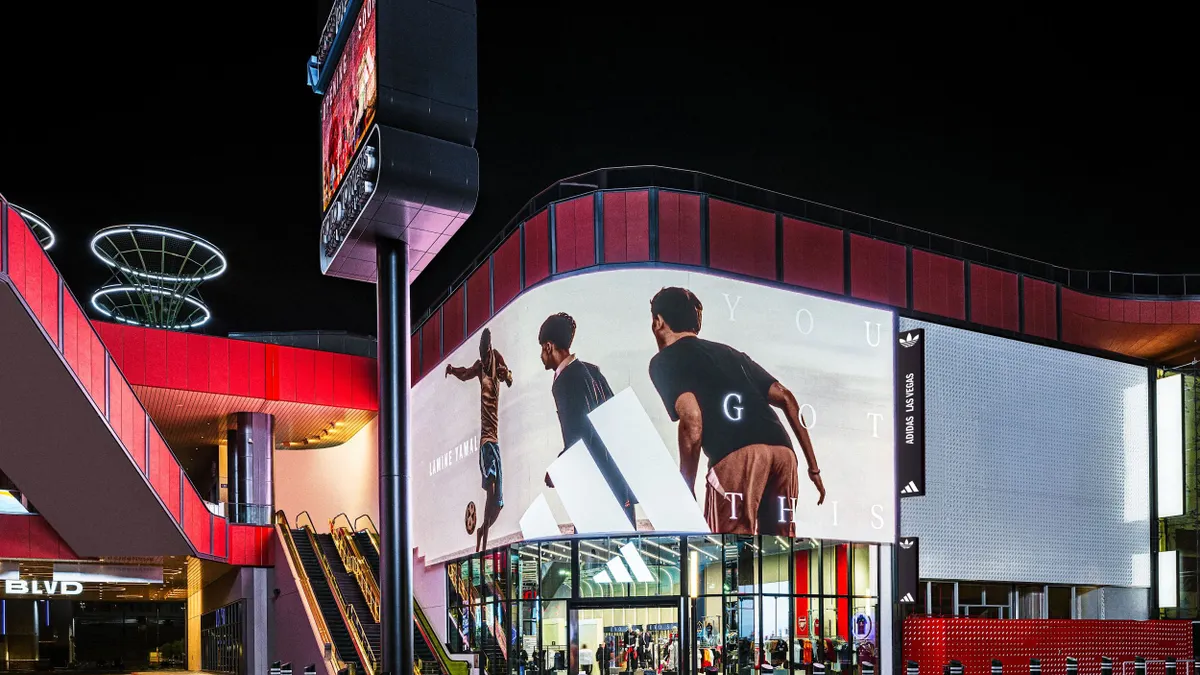Dive Brief:
-
Japanese cosmetics maker Shiseido Co. plans to use robots in a new Osaka distribution center to forge a 50% increase in output with lower production costs, Bloomberg reports.
-
The new factory will begin operating in 2020. The robots will help the company deal with Japan’s shrinking labor pool, Japan Research Institute economist Hisashi Yamada told Bloomberg, as well as boost productivity.
-
Some 900 human workers will be transferred to the new facility from a factory that will close, according to the report.
Dive Insight:
State-of-the-art robotics in retail are mostly deployed to help move items around. A mens clothing store in Seattle, for example, uses robots to fetch items via the store’s mobile app and to get them to dressing rooms within 30 seconds. The store, Hointer, is based on the familiar premise that men don’t like to shop, and clearly wants to help its customers get out of the store quickly. A guy can order and pay for what he picks before he leaves the dressing room.
Perhaps it’s no surprise that Hointer was founded by Nadia Shouraboura, former chief of supply chain and fulfillment technologies for Amazon, another retailer using robots.
Indeed, Amazon last year said that it would be employing some 10,000 robots, or even more, in its warehouses by the end of 2014. In 2012 the e-commerce giant acquired robot warehouse technology company Kiva Systems Inc., whose robots can find products and bring them to packing stations.
And entrepreneur Louis Borders, of Borders bookseller fame, among other enterprises, is working on a robot-powered grocery-delivery service that he says will rely almost solely on robots for fulfillment.
One retailer, Lowe’s, is taking robots out of the warehouse and onto the floor to actually interact with customers in its Orchard Supply Hardware stores. The “OSHbot” can greet shoppers, converse with them in English and Spanish, bring them to aisles for the products they seek, display specials through images on their "heads", and consult with human Orchard employees that have expertise in home-improvement areas like plumbing.The OSHbot robots were developed with the help of retail-robot and technology startup Fellow Robots.
What robots may do best when it comes to retail is help retail workers do their jobs better, experts have told Retail Dive. In retail anyway, says Brett Wickard, founder-president of lean retail platform FieldStack, “technology doesn’t displace people — it amplifies them.”
“Robotic store cleaning allows retail teams to spend more time on their core strengths – selling and merchandising,” he says.“Robotic store night security allows more goods to be merchandised in more ways with lower stress on the retail team. Robotic sorting allows retail teams to focus on merchandising. Many repetitive tasks at retail that don’t require creativity or thoughtful consideration are likely candidates for future robotic/technological advances."










